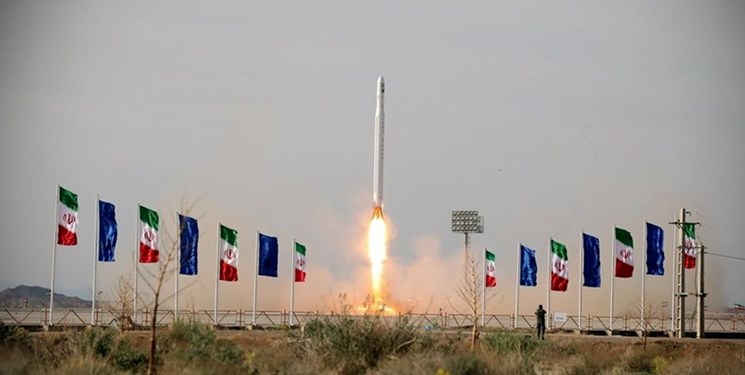Iran Plans to Orbit 100-500kg Satellites in Near Future
Head of the Iranian Space Agency (ISA) Hassan Salarieh hailed the country’s good progress in the space technology, and said that Tehran is scheduled to launch satellites up to 500 kilograms into space on the back of domestically-developed carriers within years.

Salarieh stated Iran is working to bolster homegrown satellite carrier rockets and is estimated to be capable of launching satellites of up to 500 kilograms into orbit aboard domestically-developed carriers in four years.
The ISA head added Iran would likely be able to fire 100-kilogram satellites in to an orbit located at an altitude of 500 meters above the surface of the Earth by the end of the current Persian calendar year on March 20, 2023.
“Efforts will continue and we will, God willing, launch a 200-kilogram satellite next year,” he continued, adding, “In four years, we will have launches of 500-kilogram satellites.”
The official said the country was following a “systematic plan” to promote the space sector and multiple tests were being conducted.
“Many of the satellites manufactured in Iran can be launched and placed into orbit on board Iranian-made carriers because they are lightweight,” Salarieh added.
This, however, does not mean that Iran will not use foreign launcher rockets, given the fact that the country is currently building a variety of satellites at home and the limited capacity of domestic carriers may not allow the launch of all types of satellites into orbit within a period of one year, for example, he explained.
In mid-August, Iran’s home-made satellite, “Khayyam”, was sent into the space by the Russian Soyuz-2.1b carrier rocket from the Baikonur cosmodrome.
The ISA confirmed the proper functioning of the entire systems of the “Khayyam” satellite.
Imagery from “Khayyam” will be used to monitor Iran’s borders and improve the country’s capabilities in management and planning in the fields of agriculture, natural resources, environment, mining, and natural disasters.
Iranian Minister of Communications and Information Technology Issa Zarepour has noted that Tehran and Moscow agreed to keep on their cooperation in the aerospace sector.
Iran has taken giant strides in the field of science of technology in recent years, despite US sanctions.
In early June, the ISA announced that work has been underway to prepare seven more satellites for launch into the orbit.
In late June, Iran tested its domestically-developed hybrid-propellant satellite carrier rocket called Zuljanah for “predetermined research purposes” for the second time. Iran’s Defense Ministry launched the Zuljanah satellite carrier into space for the first time in February 2021.
Iranian President Seyed Ebrahim Rayeesi has stated the new achievements in the aerospace industries will be unveiled in the future.
“In the future, the country will witness new space achievements,” he noted at the cabinet session in August.







